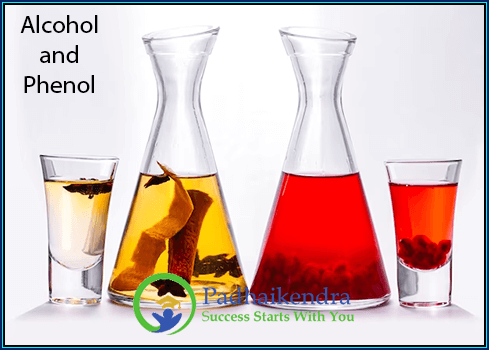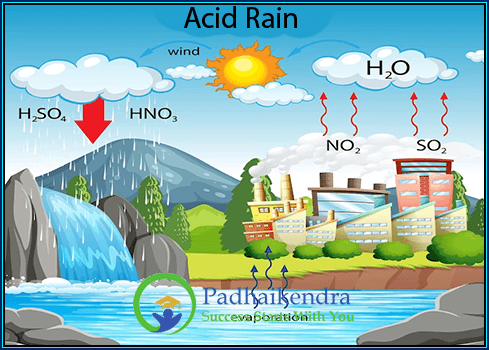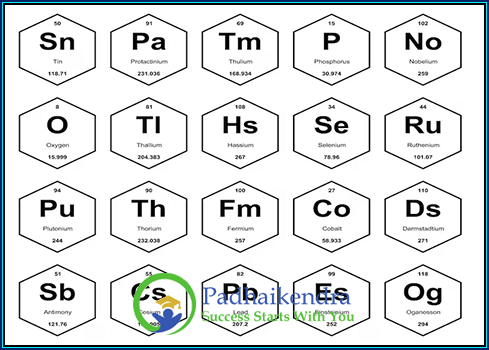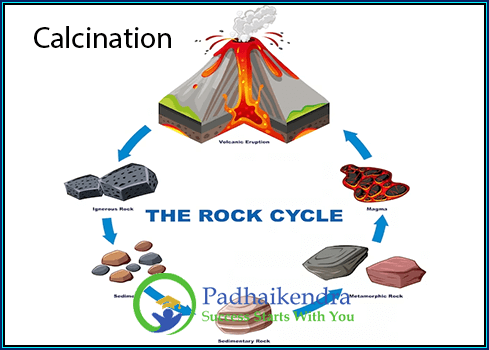Alcohols and phenols are two types of organic compounds that contain hydroxyl (-OH) groups. While they share some similarities, there are also some important differences between them.
- Structure: In alcohols, the hydroxyl group is attached to a carbon atom, while in phenols, it is attached to an aromatic ring (a ring of carbon atoms with alternating double bonds). The presence of the aromatic ring in phenols makes them more acidic than alcohols.
- Naming: Alcohols are named by replacing the -e ending of the corresponding alkane with -ol. For example, the alcohol derived from ethane is called ethanol. Phenols are named by adding the suffix -ol to the name of the corresponding benzene derivative. For example, the phenol derived from benzene is called benzenol, or more commonly, phenol.
- Acidity: Phenols are more acidic than alcohols because the aromatic ring in phenols stabilizes the negative charge that is formed when the hydroxyl group loses a proton. This makes phenols more likely to donate a proton and become negatively charged. Alcohols are much less acidic, as the alkyl group to which the hydroxyl group is attached does not provide the same level of stability to the negative charge.
- Reactivity: Alcohols are relatively unreactive, but can be oxidized to form aldehydes or ketones. Phenols are more reactive due to the electron-donating nature of the aromatic ring, which makes the hydroxyl group more likely to participate in reactions.
- Uses: Alcohols are used as solvents, fuels, and as a precursor for other chemicals. Phenols are used in the production of plastics, dyes, and pharmaceuticals, and as a disinfectant.
In summary, while both alcohols and phenols contain hydroxyl groups, they have different structures, acidities, reactivities, and uses. Phenols are more acidic and reactive due to the presence of the aromatic ring, while alcohols are relatively unreactive.





